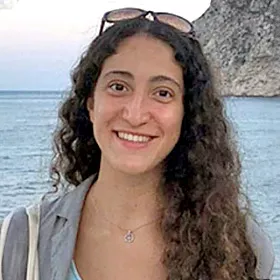Mechanisms of sensory map development
We study the local and temporal coding of cellular signals signaling molecules during regulating the development of neuronal networks and sensory maps with particular interest in the connection between the retina and the brain.
Presentation
Our team is interested in the developmental events that shape neuronal networks (e.g. the neuronal connectivity between the retina and the brain). We investigate the molecular mechanisms that underlie three main steps of neuronal circuit wiring: (i) neuronal migration, a developmental stage that positions the neuron cell body in the nervous system, (ii) axon guidance, a process that enables developing axons to reach their targets, and (iii) axon pruning, a later developmental step that leads to the refinement of exuberant connections. Our research lines focus on deciphering the intrinsic mechanisms that adjust cellular behaviors to their environment (guidance molecules, neighboring axons, …) with a particular focus on two distinct but related processes: second messenger (cAMP, cGMP and Ca2+) signaling and cytoskeleton remodeling.
cAMP, cGMP and Ca2+ are signaling molecules shared by countless downstream effectors and cellular processes. Their subcellular compartmentation is an appealing and flexible strategy to explain how these messengers achieve specificity for each of their downstream cellular processes. We develop a molecular toolset to monitor and manipulate these cellular messengers with cellular and subcellular resolution and use this toolset to investigate how subcellular cAMP, cGMP and Ca2+ signals control the development of neuronal networks.
The regulation of microtubule dynamics is critical for neuronal circuit wiring and its dysfunction causes a spectrum of neurodevelopmental disorders. While microtubules recently emerged as key driving forces of growth cone steering, the numerous players that regulate their functions in axons as well as their specific mode of action and regulation by guidance cues remain largely unknown. We investigate the impact of microtubule -severing ATPases, involved in neurological disorders (Spastin, Katanin, Fidgetin-like 1) on axon navigation and investigate the molecular and cellular processes controlled by these proteins in developing axons.
By deciphering the role of subcellular second messenger networks and cytoskeleton-associated proteins in the wiring of visual and motor circuits, our projects will lead to a deeper understanding of the molecular mechanisms underlying neuronal connectivity neuronal connectivity and shed new lights in the aetiology of neurodevelopmental/neurodegenerative disorders and provides therapeutic targets or tools to preserve or (re)establish functional connectivity in pathological conditions.
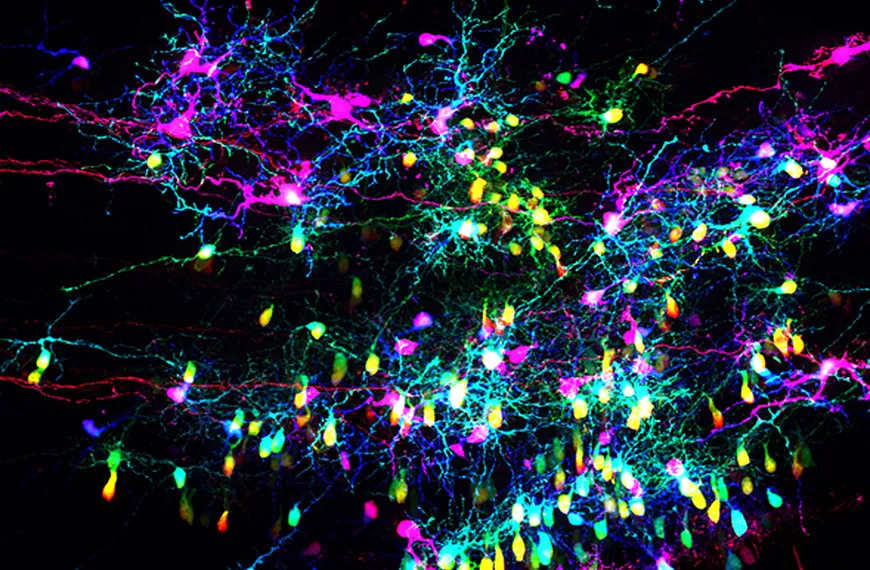
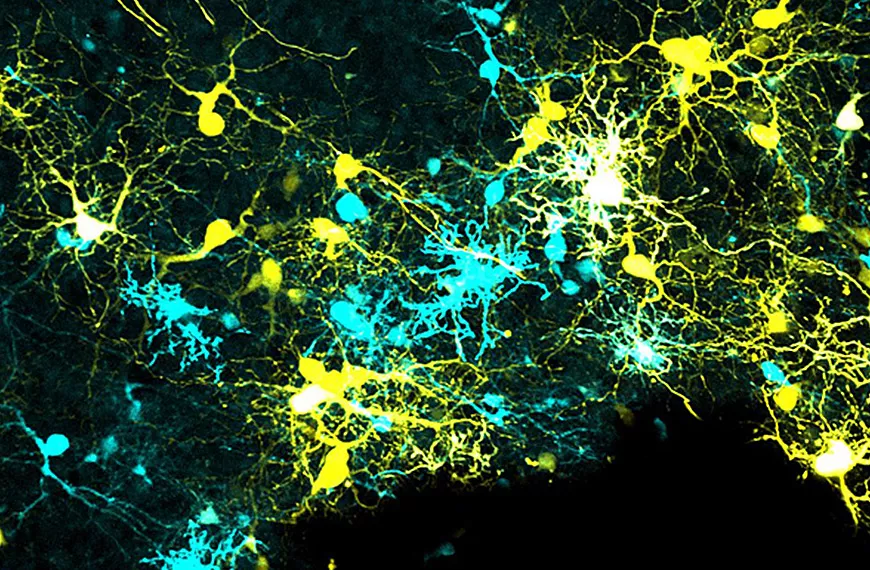
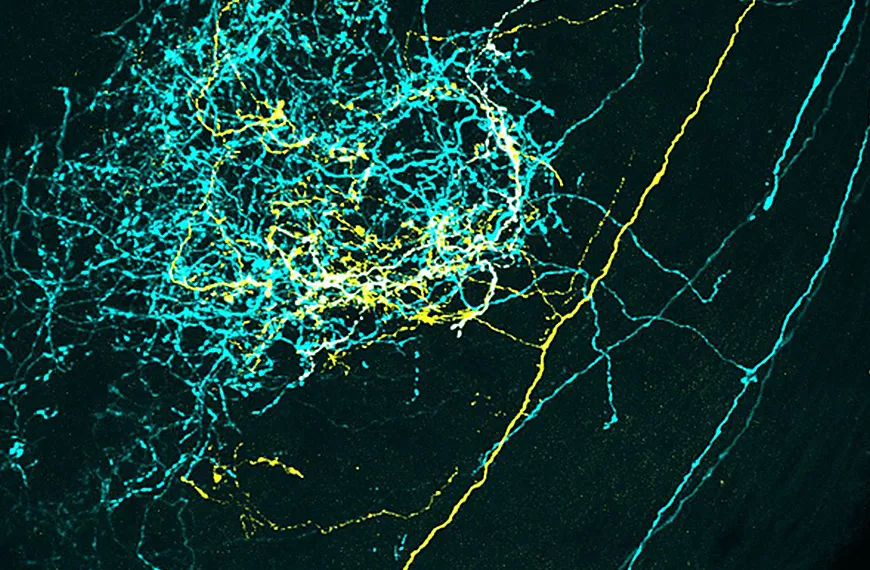
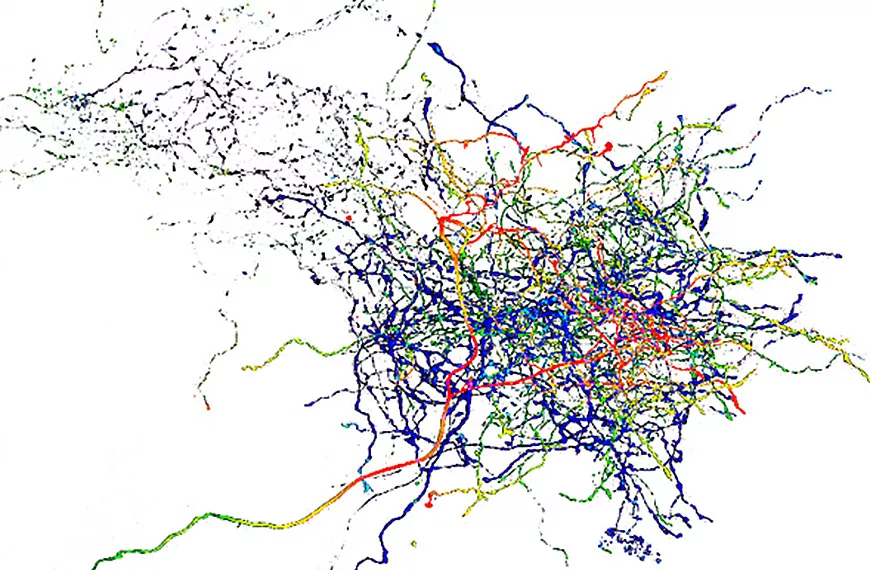
Research areas
- Describing connectivity development in the nervous system.
- Identifying second messenger network integrating cues that shape sensory maps (focusing on axon guidance and axonal/synaptic competition).
- Decrypting intracellular codes of second messenger systems.
- Understanding the coding strategies used by axons to specifically link a cyclic nucleotide or calcium signal to its downstream pathway.
Team members
Scientific publications
Below you will find the latest scientific publications in this field: Mechanisms of sensory map development.






